Speaker
Mrs
Claudia Tacchella
(Dipartimento Architettura e Design - Università di Genova)
Description
The history of the great Genoese power has generally well known historical reputation, which continues over the decades, with its roots sunk in the Middle Ages and lasting until the Renaissance, period of greater magnificence, in which it was known as the Superba. From a historical point of view related to shipbuilding, it is therefore interesting to find out which boats had to compose and thus give life to this great traffic network, above all commercial and diplomatic, which made Genoa great; in particular we will concentrate in the 12th and 13th centuries, when the control of the city came to include the coasts from Ventimiglia to Portovenere and it was in the full development and economic expansion of this enormous maritime power. Entering between different issues such as the analysis of the most used boats, which were in particular the navis, the commercial boat for excellence, the galley, with the thinnest and fastest shape compared to the previous one and the bucius, a type similar to the navis for the shape of hull even if of reduced dimensions, we want to expose, albeit in an area limited to an academic article, the development in these centuries of these boats. We also want to take into consideration the economic value that these boats had been taking into account different factors that affected it, such as the age of the ship and its state of preservation; we will also give a look to the men who were part of this fermented world, as could be the shipwright during the construction, the owner or co-owners of the ships, and also the crewmen who made the boat alive each with different tasks, how could they be rowers, armed sailors and officers, guiding her along the different routes, during the trips across the Mediterranean. All this without neglecting some aspects of life that were part of the activities carried out all around the boats, dwelling for example on the relations between the shipyard and the client, or the loca, an investment vehicle widely used by the traders of the time. It will also be shown how the trade routes were modified, noting an expansion of the range of action in conjunction with the passage of time, an effect explained by the probable increase in length and size that the boats themselves underwent changing over decades. This operation is possible thanks to the analysis of the notary documents preserved in the State Archives of Genoa and of the contemporary genre literature such as the Annals of Caffaro di Rustico Da Caschifellone (1080 or 1081 - circa 1164), crusader as well as analyst and diplomat who gave us a vast compendium of information recording the chronicles of the city of Genoa relating to the Middle Ages.
Primary author
Mrs
Claudia Tacchella
(Dipartimento Architettura e Design - Università di Genova)



